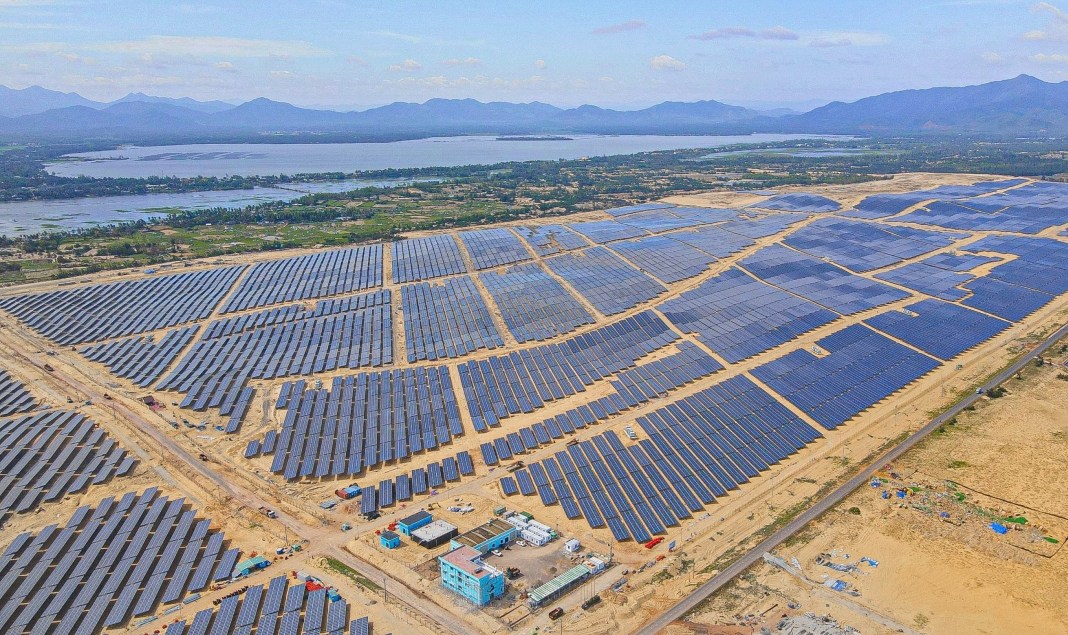HCMC – The Government has approved the amended National Power Development Plan VIII, which targets over 560 billion kWh of electricity output and a peak capacity of nearly 100,000 MW by 2030.
Deputy Prime Minister Bui Thanh Son signed off on the adjusted plan, which outlines the country’s energy roadmap for 2021–2030 with a vision to 2050, the Government news site reported.
The plan sets a 2030 target of 500.4–557.8 billion kWh of commercial electricity consumption, 560.4–624.6 billion kWh of electricity generation and imports, and a peak capacity of 89,655–99,934 MW.
By 2050, these figures are expected to rise to 1,237.7–1,375.1 billion kWh of commercial consumption, 1,360.1–1,511.1 billion kWh of total supply, and a peak capacity ranging from 205,732 to 228,570 MW.
The plan aims to boost the use of renewable energy (excluding hydropower) for electricity generation, with renewables expected to account for 28–36% of the power mix by 2030 and 74–75% by 2050.
Notably, by 2030, 50% of office buildings and households are expected to use rooftop solar power for self-generation and consumption.
The plan focuses on developing a smart grid capable of integrating large-scale renewable energy, while also strengthening power connectivity with neighboring countries, such as China, Laos, and Cambodia to ensure a stable electricity supply.
It projects wind power capacity to reach between 26,066 and 38,029 MW by 2030, with a goal of exporting renewable electricity to Singapore, Malaysia, and other regional partners. By 2035, power exports could reach between 5,000 and 10,000 MW.
Hydropower capacity is expected to reach 33,294–34,667 MW by 2030 and increase to 40,624 MW by 2050.
The plan also encourages the development of biomass, waste-to-energy, and other emerging sources such as geothermal energy to support environmental treatment and make use of agricultural byproducts. By 2030, the combined capacity of these sources is expected to reach 3,009–4,881 MW, rising to over 9,000 MW by 2050.
In the 2030–2035 period, the Ninh Thuan 1 and 2 nuclear power plants are expected to be brought into operation, with a combined capacity of 4,000–6,400 MW. By 2050, an additional 8,000 MW of nuclear power may be needed to ensure grid stability.
It estimates total investment needs for power generation and transmission at around US$136.3 billion for the 2026–2030 period, with an additional US$130 billion required between 2031 and 2035. From 2036 to 2050, Vietnam is projected to need a further US$569.1 billion in investment.
Vietnam’s power sector is expected to require US$136 billion in investment during the 2026–2030 period, averaging US$27 billion per year, with 86% earmarked for power generation.
From 2031 to 2050, total investment is projected to reach US$699 billion, or US$35 billion annually, underscoring the need for innovative policies and financing solutions to mobilize capital.









